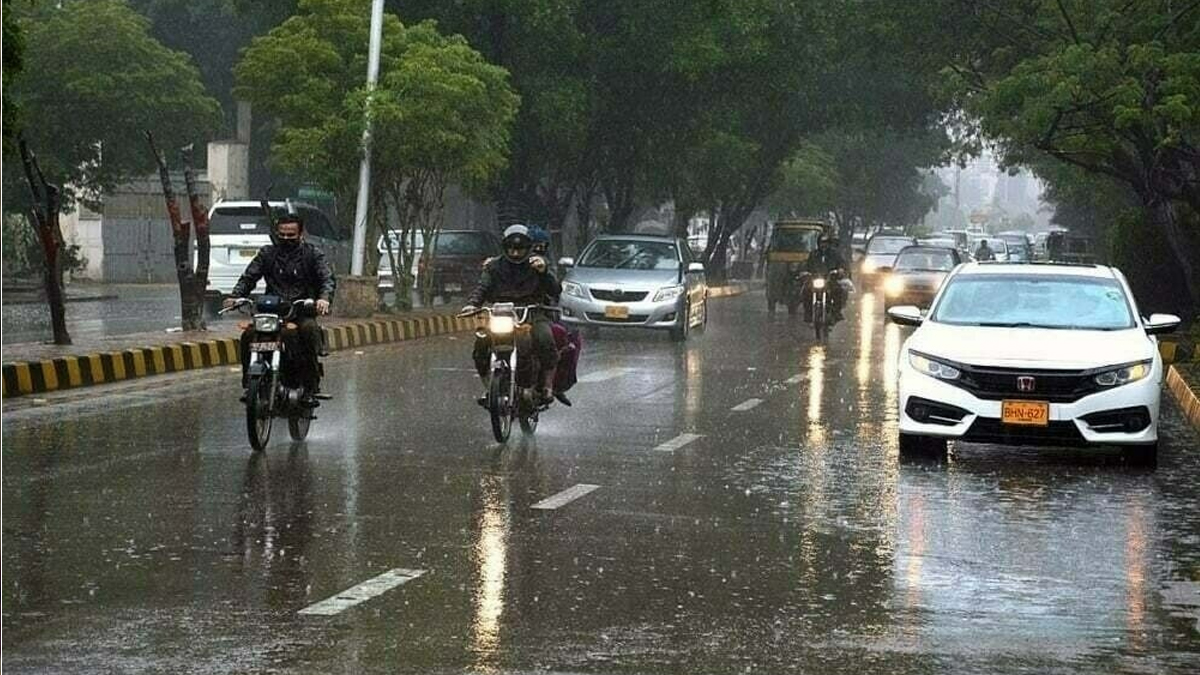
Maximum rainfall of 238mm over a seven-hour period
With a maximum rainfall of 238mm over a seven-hour period, monsoon rains are believed to have broken the previous 20-year record and caused havoc in the city.
In the early hours of Thursday, the city and its surrounding areas experienced heavy rain and thunderstorms, which improved the weather but increased humidity. Additionally, it caused many areas to lose electricity as a result of transformer faults.
Tajpura received 238mm of rain, while the airport received 219mm, the Mughalpura SDO office received 174mm, Chowk Nakhuda received 159mm, Paniwala Talab received 158mm, Lakshmi Chowk received 143mm, Gulshan-i-Ravi received 128mm, Johar Town received 124mm, Farrukhabad received 119mm, Upper Mall and Nishtar Town each received 116
Rainwater made its way into the homes in the city’s low-lying areas. Rainwater flooded roads, disrupting the flow of traffic.
Due to the city’s intense rain and wind, more than 60 Lesco feeders tripped, causing power outages in a number of locations. There was no electricity in over half of the city.
Zafran Ahmad, the managing director of the Water and Sanitation Authority (Wasa), stated that the disposal stations were operational and that generators had also been set up. He said that all the emergency camps were operational and that the disposal facility was removing water from low-lying areas.
Read More |Ruthless monsoon rains across Sindh, Balochistan
Read More | Flooding Turns Ferocious In Karachi
While it rained, the Lahore Waste Management Company (LWMC) staff continued to work in the city and took extra cleaning precautions. Workers were stationed at each of the city’s 95 choke points.
Along with Deputy General Manager Bilal Ashraf, LWMC Deputy CEO Fahad Mehmood visited several choke areas, including Ravi Road, Circular Road, Lakshmi Chowk, and Bhati Chowk, to inspect the sanitation setups.
Rafia Haider, CEO of LWMC, stated that measures were being taken to ensure rainwater drainage at the city’s choke points.
In the coming 24 hours, rain-wind/thundershowers are predicted in Kashmir, Punjab, Islamabad, Khyber Pakhtunkhwa, Gilgit Baltistan, and northeastern Balochistan, according to the Pakistan Meteorological Department (PMD).
Severe rains could cause urban floods in Lahore
In addition, the Met Office has warned that from July 20 to July 23, severe rains could cause urban floods in Lahore, Rawalpindi/Islamabad, Peshawar, Nowshera, Mardan, Faisalabad, and Gujranwala.
During the predicted period, rainfall may cause landslides in Kashmir, Galiyat, Murree, Chillas, Diamir, Gilgit, Hunza, Astore, and Skardu.



